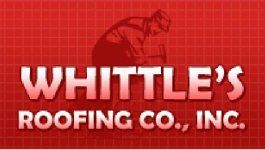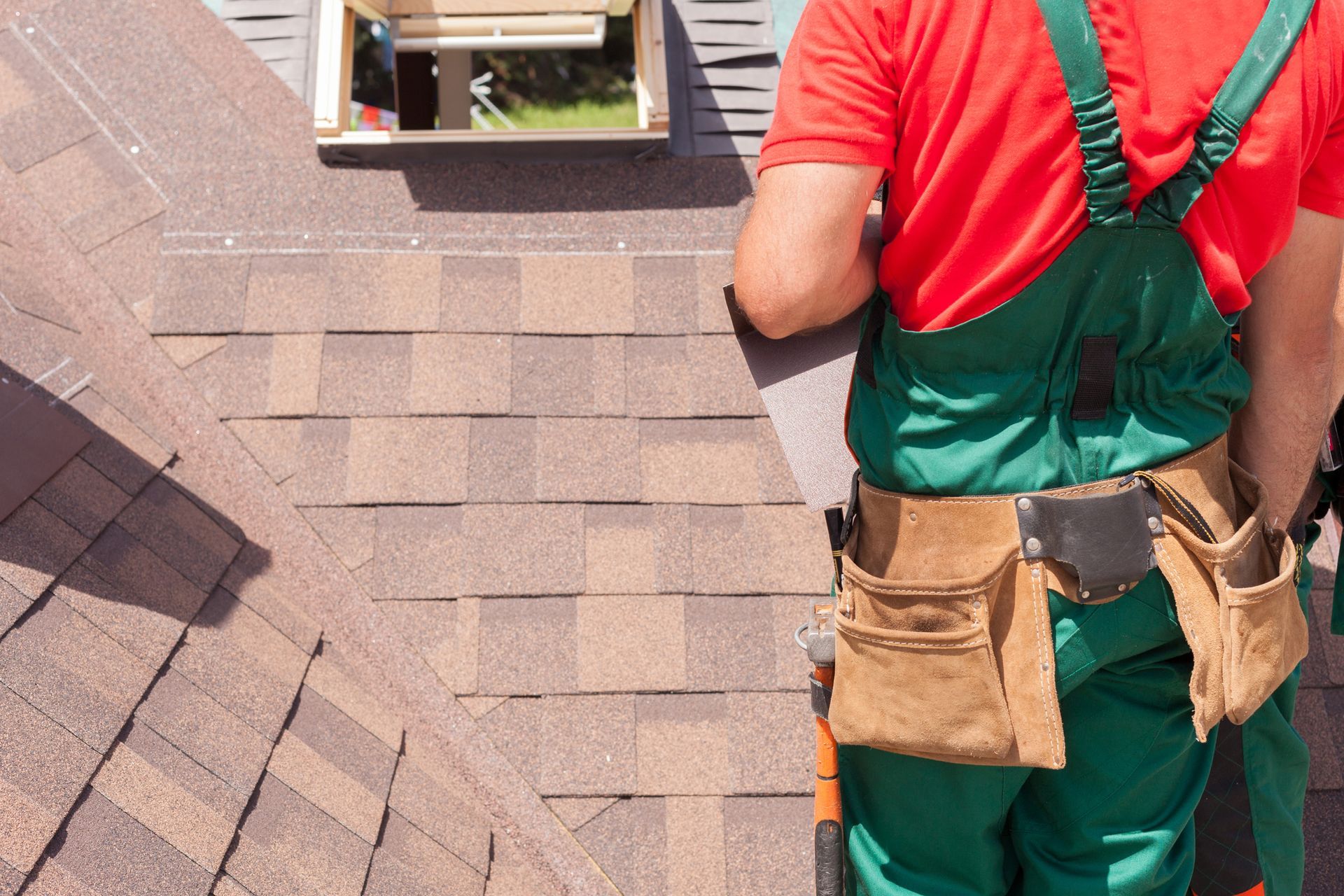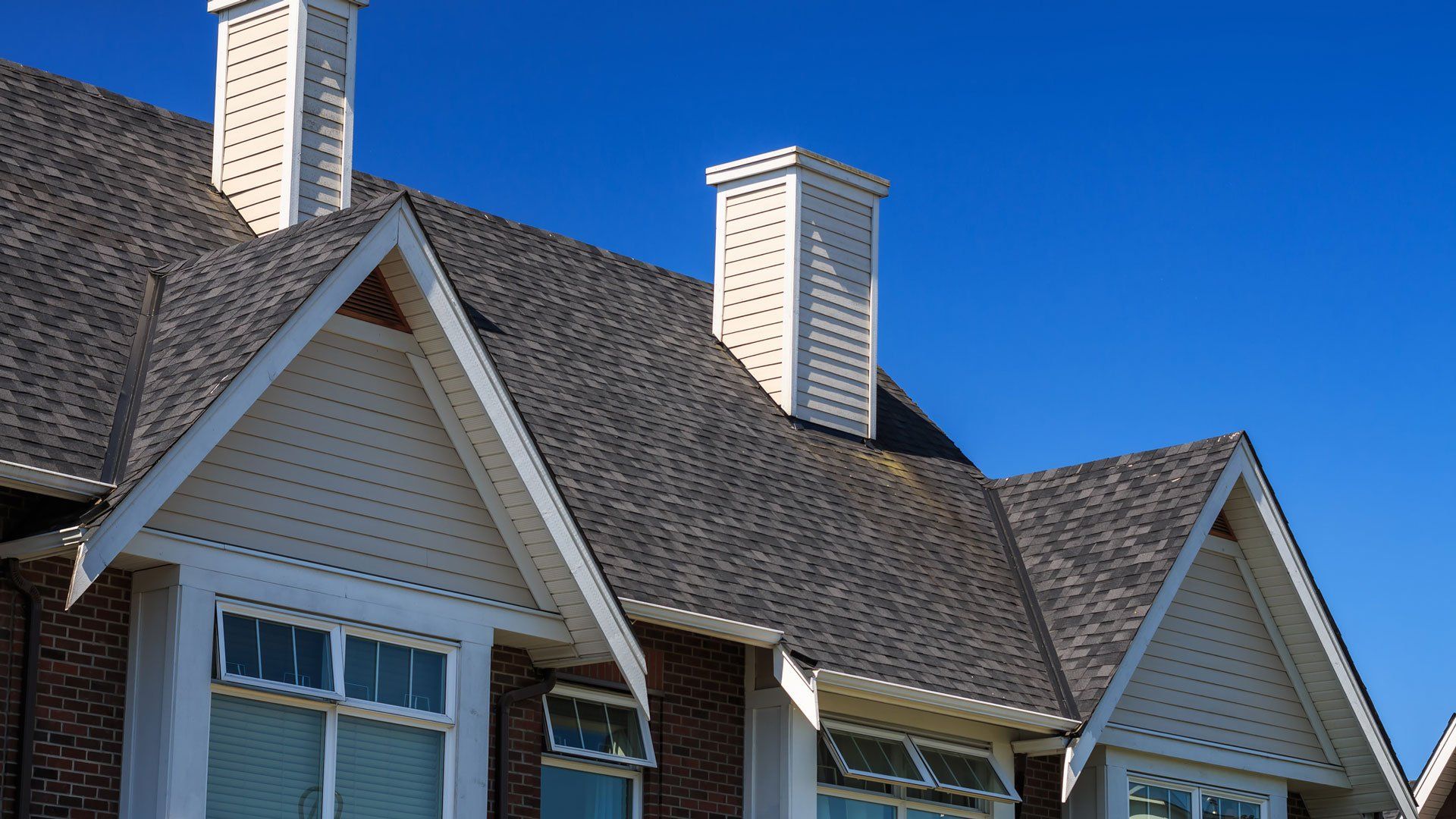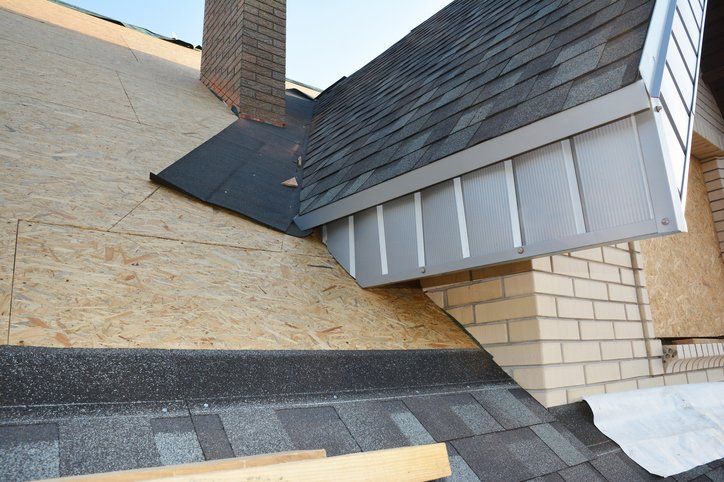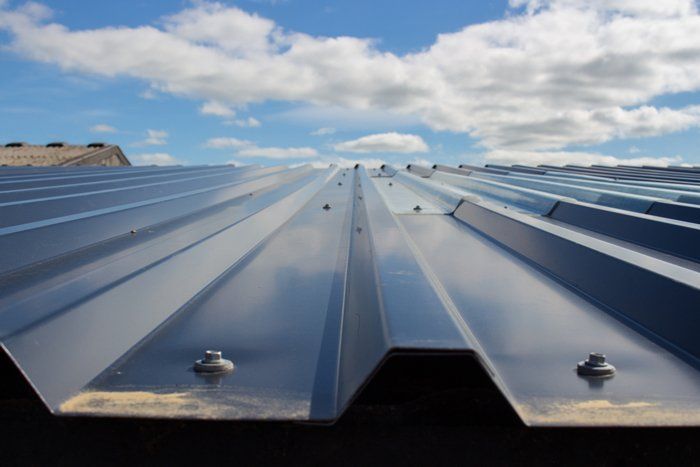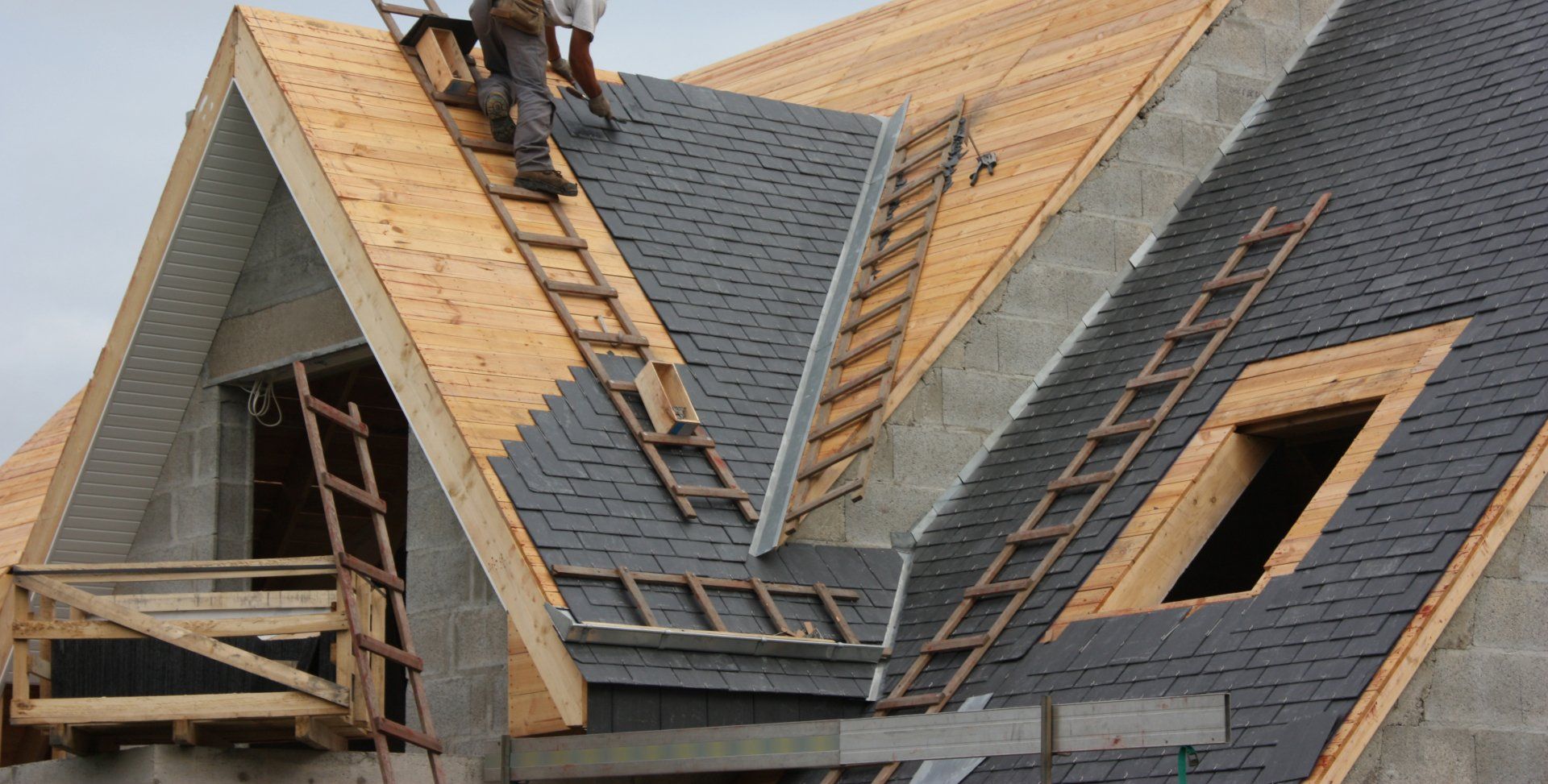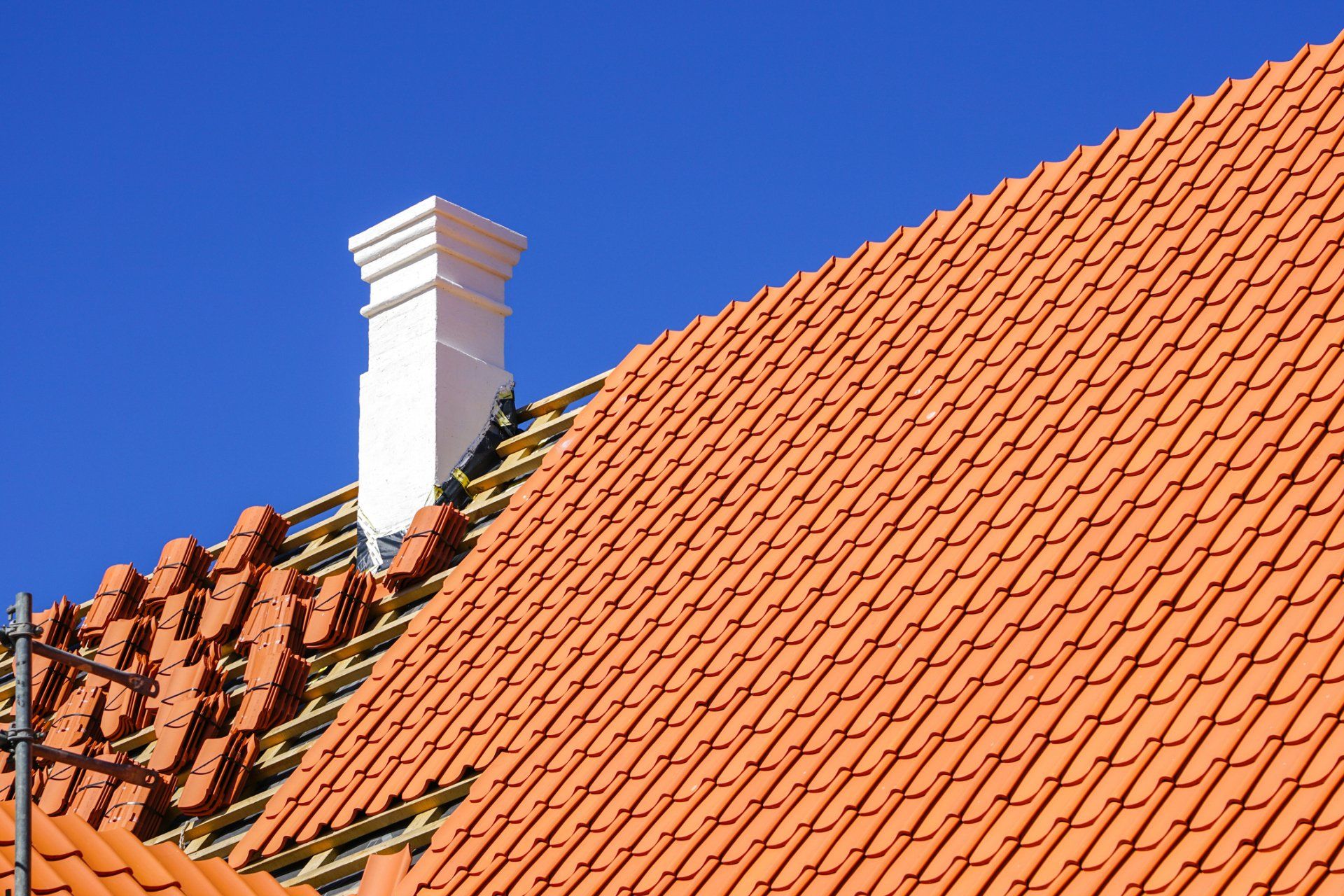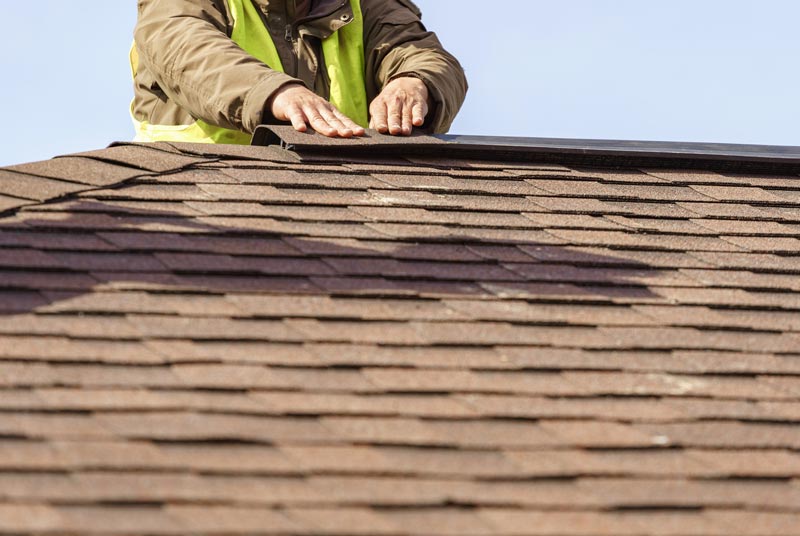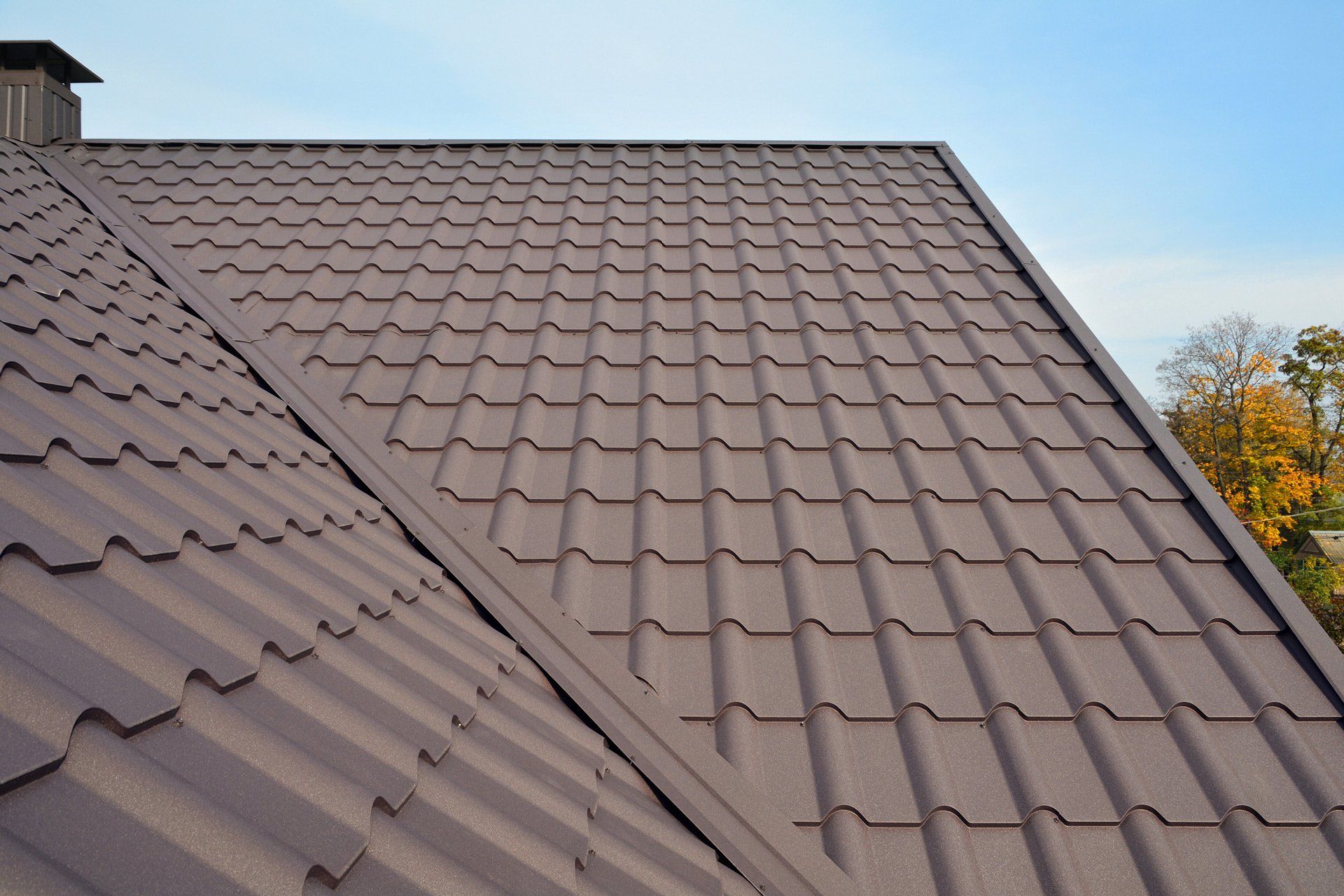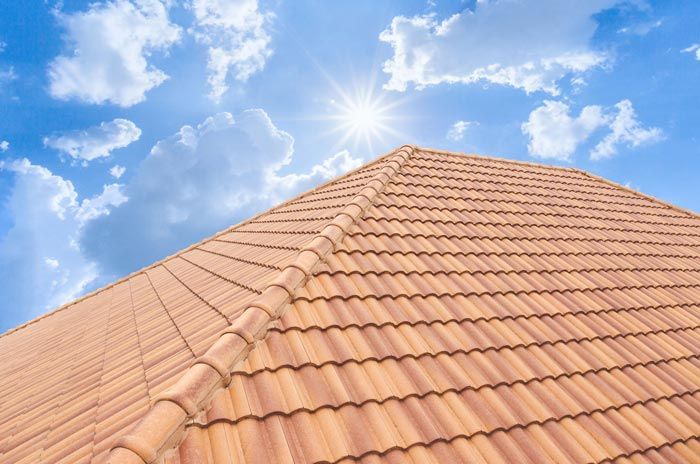A Homeowner's Guide to Roof Maintenance
Admin • January 17, 2020
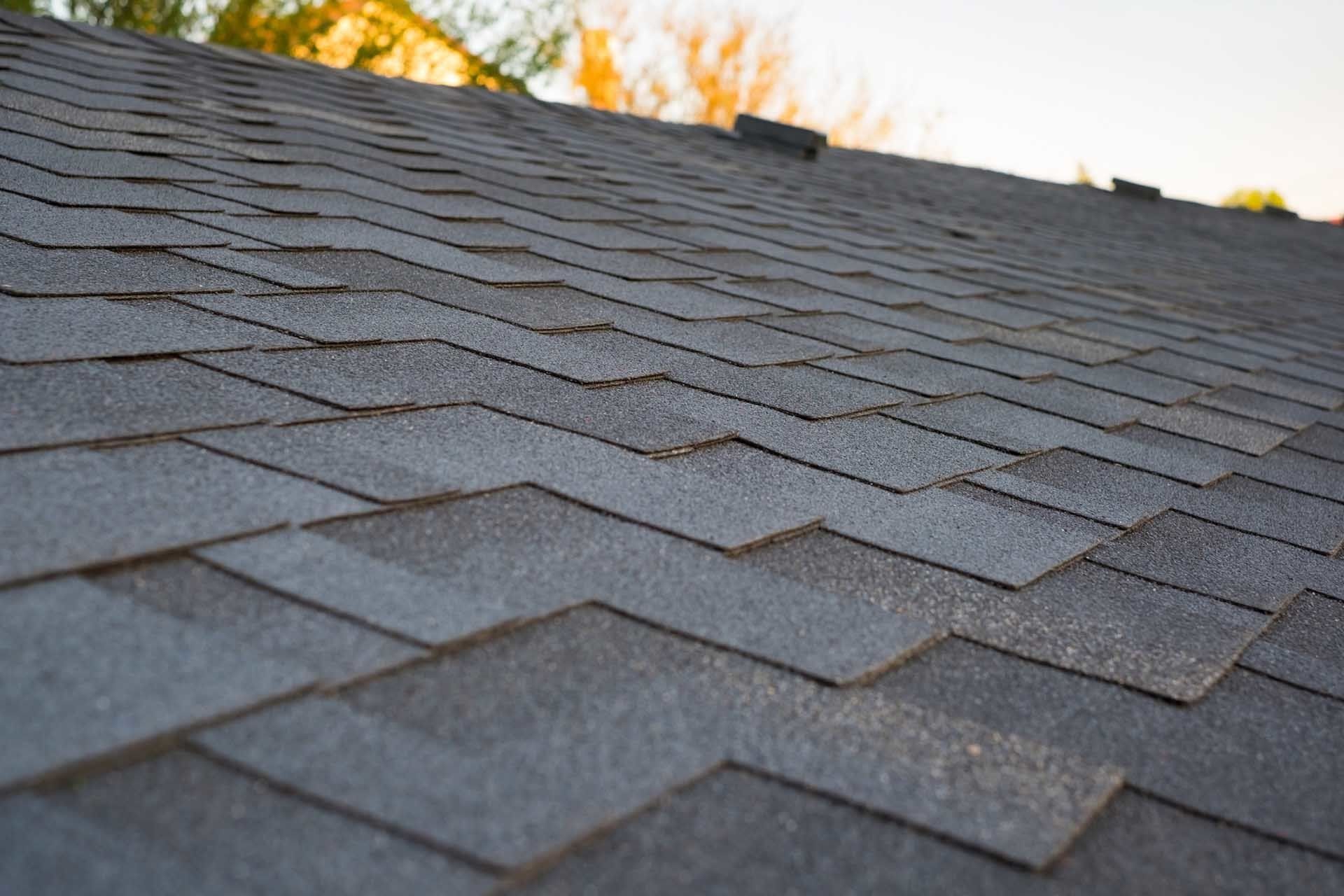
Your roof is responsible for protecting your entire house and family, so you want to spot potential issues early before extensive damage or safety issues arise. Fortunately, as a homeowner, you can take charge of your roof's maintenance so that it lasts as long as possible.
Regular Inspections
The single best way to catch small issues before they become big problems is through regular roof inspections. A combination of homeowner and professional inspections are the best course of action.
Homeowner Inspections
Plan to inspect your roof after any storm or at least once every month or two. There's no need to get up on the roof, you can do the inspection from the ground or the top of a secured ladder. Look for broken or damaged shingles, increased gravel in the gutters, damaged vent boots and flashing, and gutter problems.
If you spot an issue, call in a roofer for a more in-depth assessment and repair.
Professional Inspections
Schedule a professional inspection if you recently moved into the home, suspect issues, or if your roof is nearing the end of its expected service life. A roofer will actually get up on the roof and check that the shingles, flashing, and boots are in top shape. The roofer will also likely enter your attic and inspect the roof from the underside for leaks or ventilation problems.
Minor Repairs
Roof issues typically begin as minor damage - a broken shingle, for example. Perform these minor repairs as they come up to avoid water damage inside the home.
Shingle Issues
Shingles can become damaged from wind, hail, debris, or age. Shingles that appear shiny, for example, have lost most of their gravel coating and should be replaced. Curling, warped, or broken shingles also require replacement. Sometimes you may only need to have a small area repaired, but often shingle damage is the first obvious sign that it is time for a new roof.
Flashing Problems
The metal strips that surround chimneys, rooftop accessories, and sometimes line roof valleys are called flashing. These metal strips are typically made from aluminum, galvanized steel, or another metal. Over time, these strips can rust, corrode, or become damaged and warped.
If your flashing appears damaged, plan to have it replaced or recaulked as soon as possible. Your roof may be in good condition still, but damaged flashing can still result in leaks.
Damage Prevention
Trees, debris, and moss can all damage your roof if ignored. Not only is there is a risk of leaks and shingle damage, there are also appearance issues to worry about.
Trees and Debris
Trees pose a danger if they overhang your roof. Branches that scrape against the roof during wind, for example, can lift or even rip off shingles. Dropped branches can cause more extensive damage, including roof punctures. Debris, like fallen leaves, can also trap moisture that may then seep beneath the shingles or cause them to degrade more quickly.
Trees should be trimmed back from the roof and debris should be cleared off of the roof promptly.
Moss and Algae
Although moss and algae aren't directly damaging to the roof, moss can lift shingles and allow water beneath while algae can result in unsightly staining. Both moss and algae tend to grow on shaded portions of the roof. If you notice moss growth, plan to have the roof professionally cleaned before shingle damage occurs.
Properly working gutters combined with the installation of zinc strips underneath the shingles at the roof peak can help prevent both moss and algae growth.
Contact
Whittle's Roofing Co., Inc. for more help with your roof maintenance and repair needs.
